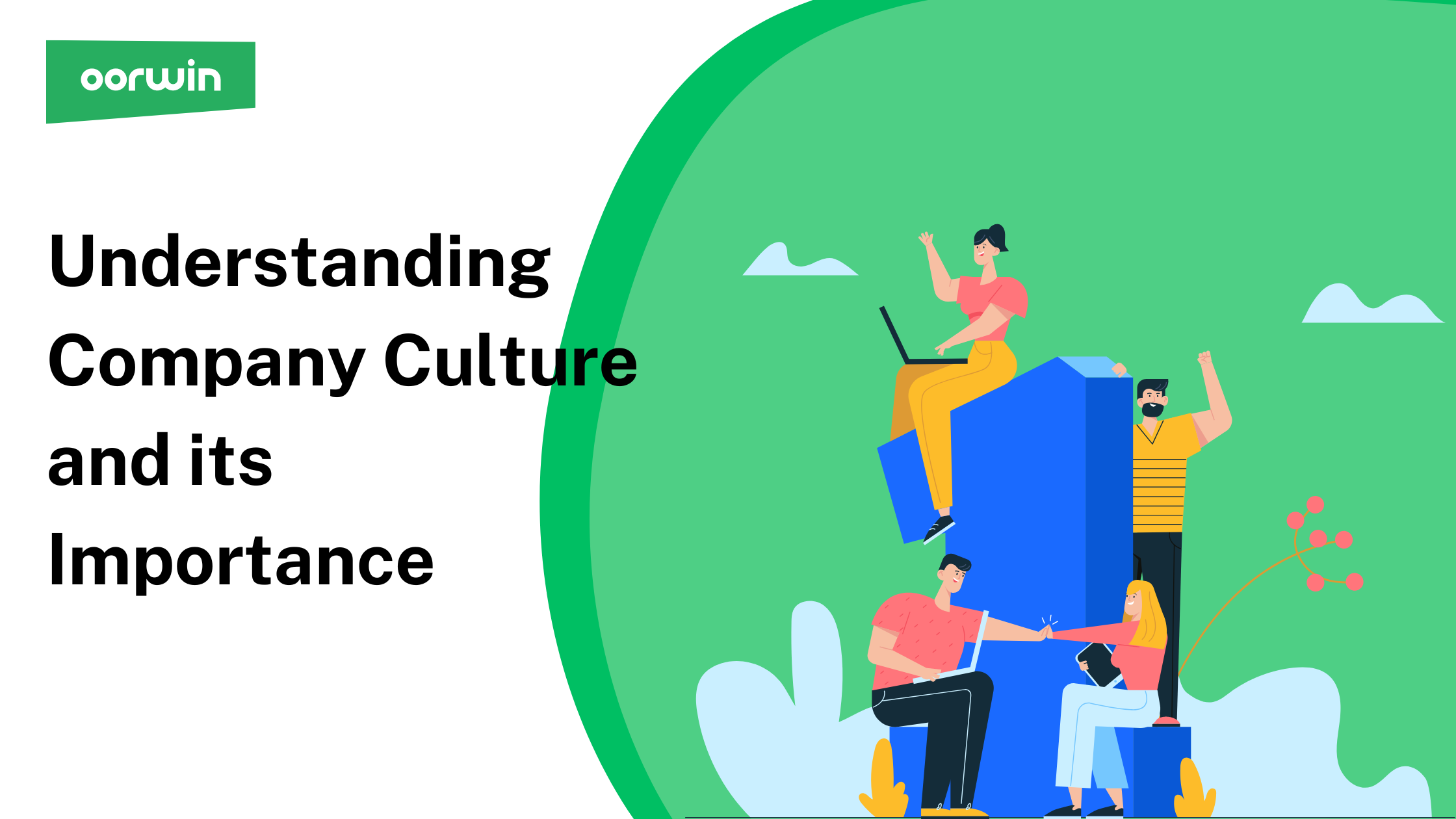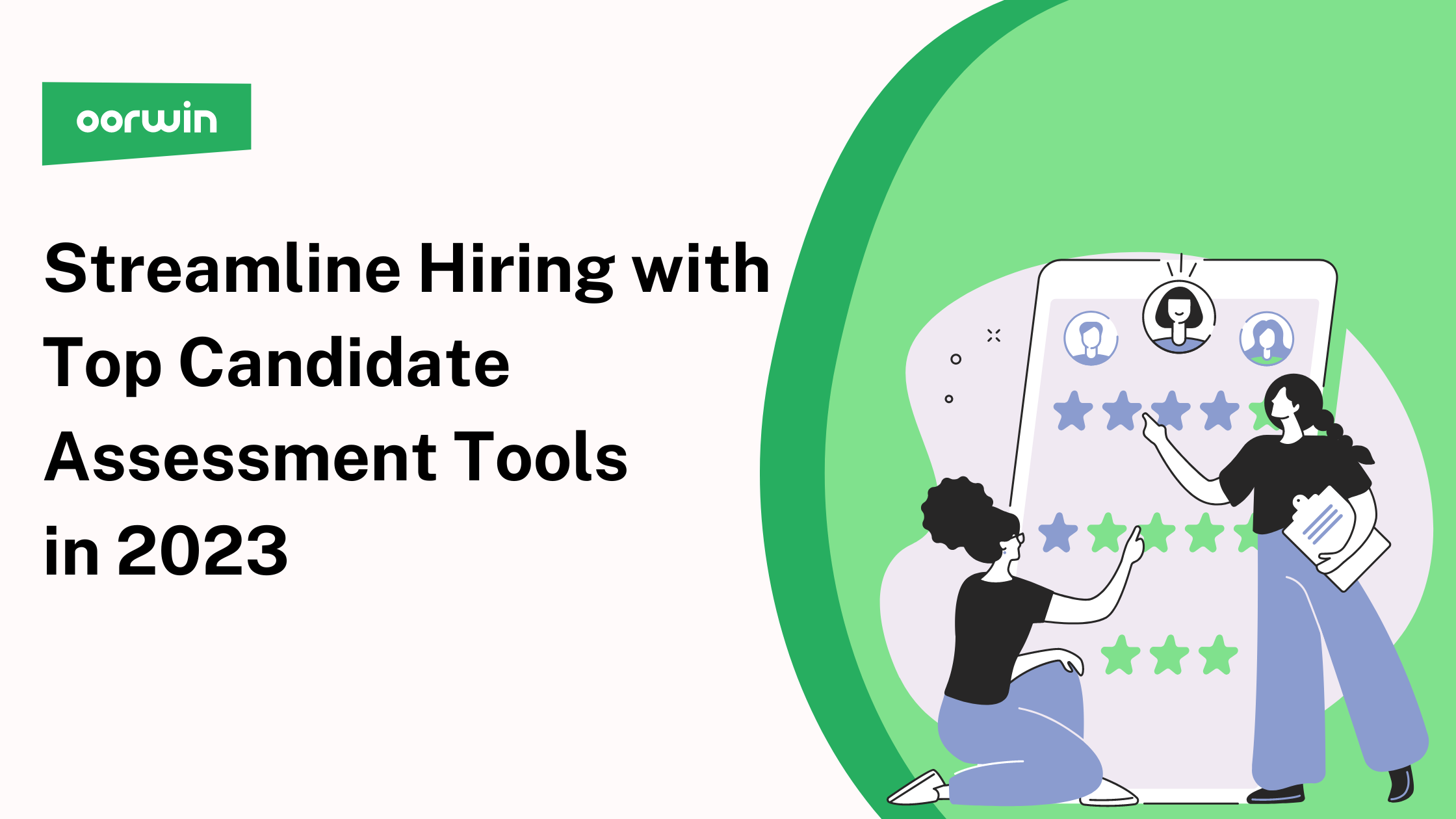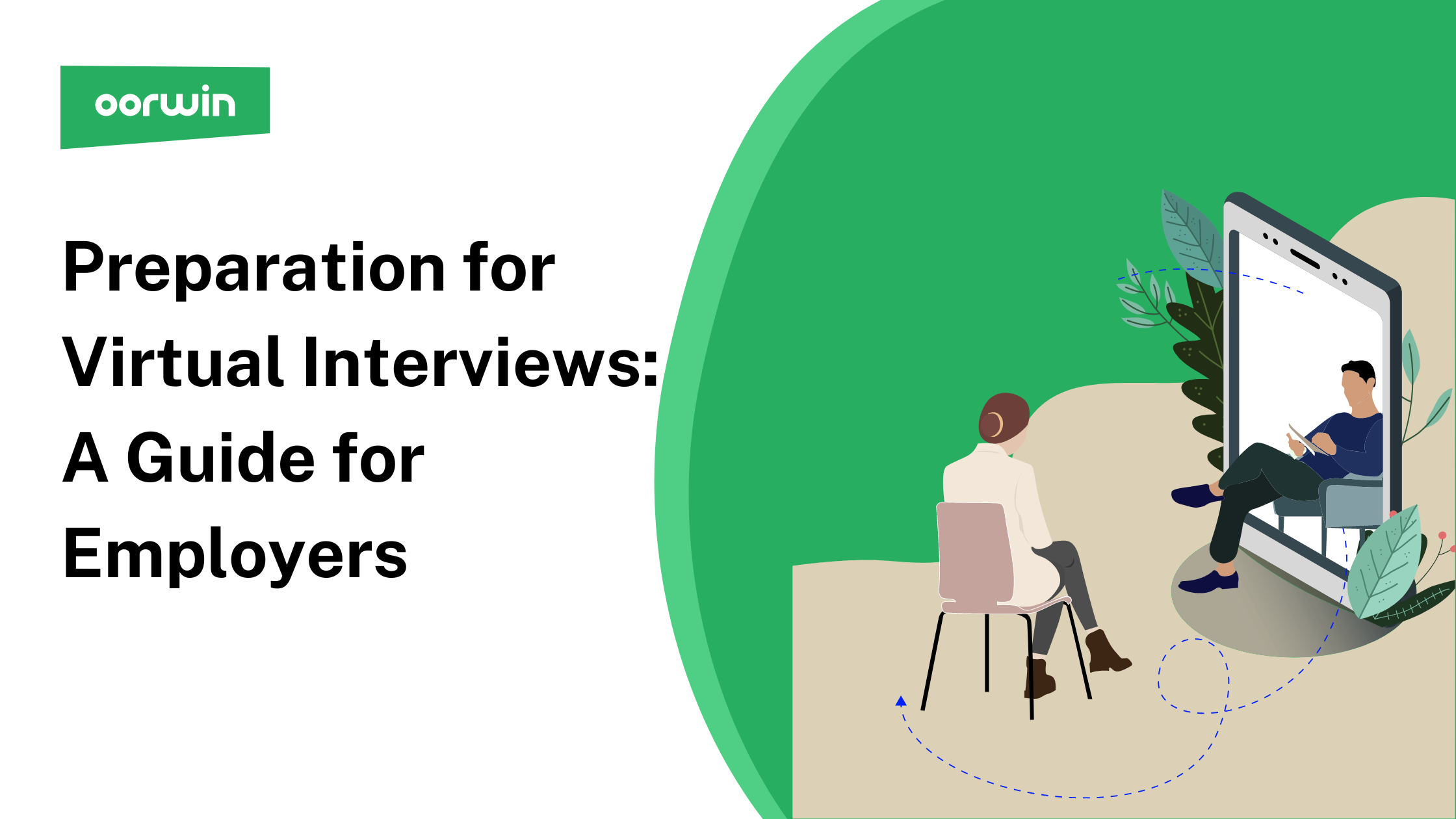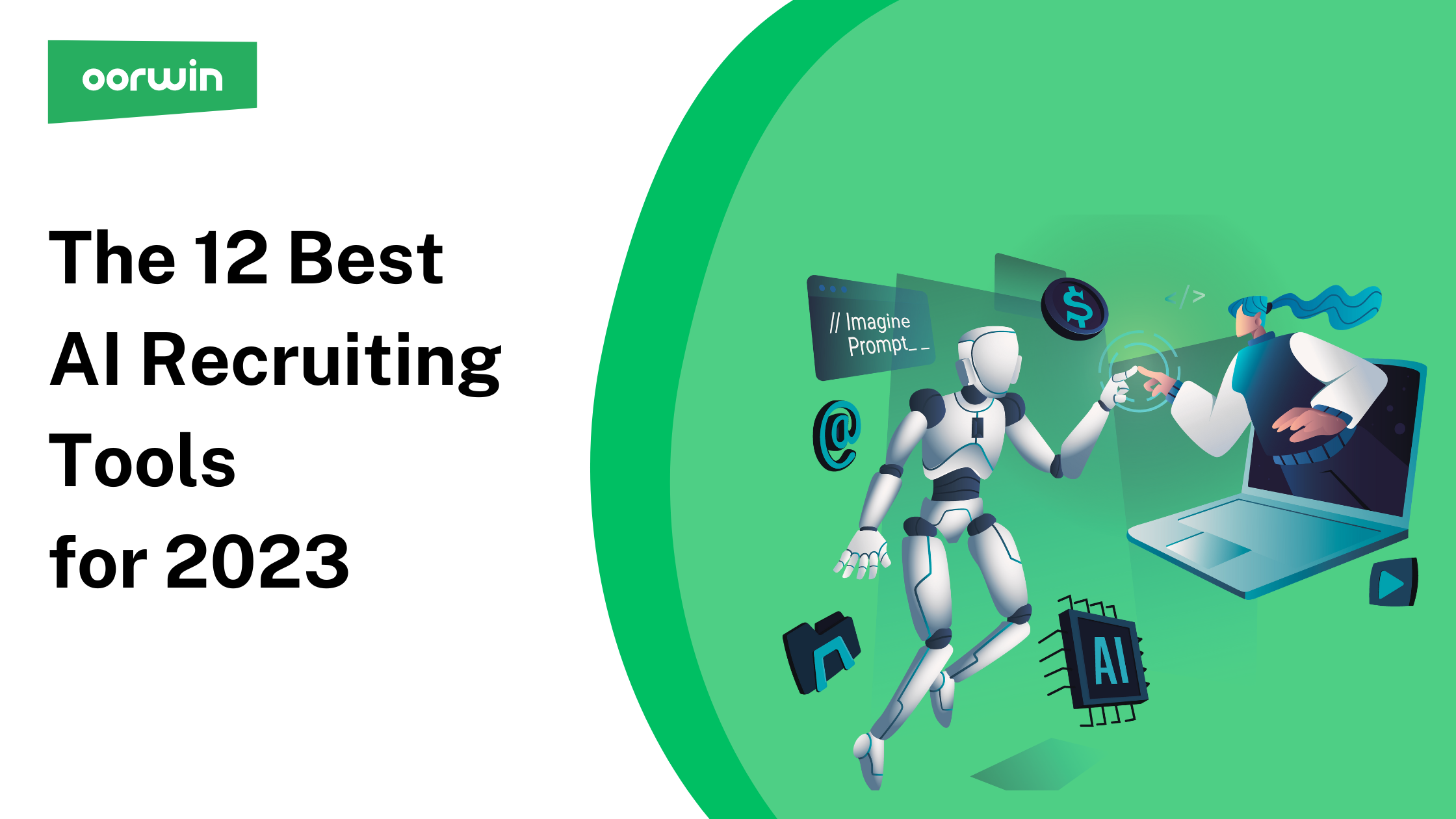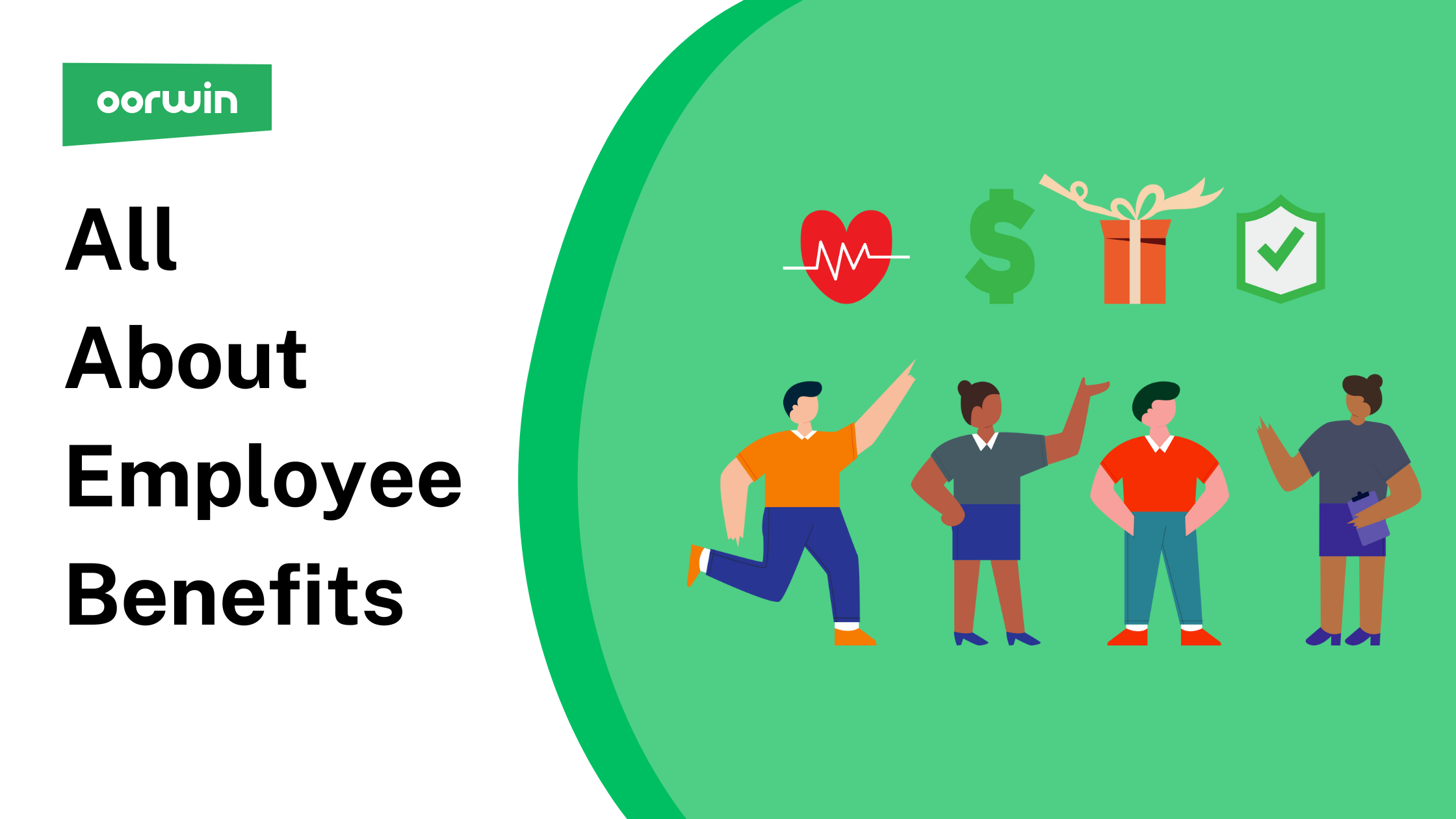The Ultimate Guide to Employee Benefits for Employers
Employee benefits play a pivotal role in shaping a positive and productive work environment. These perks have far-reaching impacts, from attracting top talent to boosting employee retention. In this comprehensive guide, we’ll explore the various types of employee benefits, delve into their importance, and provide strategies for efficient management, why they’re so important for a supportive and engaging workplace, and how they can help employees feel like they belong and are valued. Plus, we’ll offer some smart ways to manage these benefits so they’re good for both the company’s budget and the staff’s needs. By getting a clear picture of the whole range of employee benefits and their impact, businesses can make smart choices that help both their teams and their overall goals.
What are Employee Benefits?
Employee benefits or employee benefits insurance encompass the diverse range of additional advantages offered by employers to their staff beyond their regular salary. These benefits aim to enhance employees’ well-being, job satisfaction, and work-life balance, often including offerings such as healthcare coverage, retirement plans, paid time off, and various other perks that contribute to a positive workplace experience. Additionally, these perks may encompass various other forms of support like wellness programs, family leave, and educational assistance, all contributing to a more positive and fulfilling workplace experience.
What aAre the Four Key Types of Employee Benefits
Major employee benefits often include various insurance types like health, life, and disability, along with retirement plans. This perspective, however, is limited to insurance-related benefits, overlooking other significant offerings. To broaden our understanding, we’ve consolidated insurance benefits into one category and identified three additional key types of benefits commonly provided by employers.
- Insurance: Insurance benefits are a fundamental aspect of employee welfare. They typically include health, dental, and vision insurance, offering financial protection and peace of mind. Life insurance, shows a company’s care for its employees and their families. In the event of an employee’s death, life insurance provides financial support to cover funeral costs and living expenses for a certain period. Additionally, Accidental Death and Dismemberment (AD&D) policies offer compensation for deaths or injuries that result in an inability to work, further underlining the employer’s commitment to employee welfare.
- Retirement Plans: Retirement plans, such as 401(k)s or pensions, are crucial for long-term financial security. They allow employees to save and invest for their future, often with employer matching contributions, fostering a sense of security and loyalty.
- Additional Compensation: Beyond regular salaries, additional compensation can include bonuses, stock options, or profit-sharing. These incentives are designed to reward performance and align employees’ interests with the company’s success, boosting motivation and job satisfaction.
- Time Off: Time off benefits, encompassing vacation, sick leave, and personal days, are essential for work-life balance. They allow employees to rest, recharge, and attend to personal matters, contributing to overall well-being and productivity in the workplace.
Why aAre Employee Benefits Important?
Employee benefits hold immense importance for both employees and employers. Employers offer employee benefits insurance plans to help contribute to employee satisfaction, attract new talent, and foster a workplace culture that values employees’ needs.
Attracting Talent
Robust employee benefit packages are powerful tools for attracting top-tier talent. In a competitive job market, candidates are drawn to companies that offer comprehensive benefits, demonstrating an investment in their overall quality of life.
Improves Employee Retention
Employee retention is bolstered when individuals feel valued and cared for by their employers. Comprehensive benefits create a sense of security and loyalty, reducing the likelihood of employees seeking opportunities elsewhere.
Diversity and Inclusion
Employee benefits can be tailored to cater to the workforce’s diverse needs. By offering inclusive benefits that address various life situations, companies promote diversity and inclusion to ensure all employees feel supported and appreciated.
Fostering a Healthy Workspace
Wellness-focused employee benefits insurance like health insurance, paid sick leaves, and wellness programs contribute to a healthier workforce. A healthier workforce, in turn, leads to reduced absenteeism and increased productivity in
Increasing Employee Satisfaction and Productivity
When employees feel that their needs are met, employee satisfaction soars. Comprehensive employee benefit plans contribute significantly to this satisfaction, as they address various aspects of an employee’s life. These benefits fulfill basic needs and foster a sense of belonging and appreciation within the workplace. This, in turn, leads to increased morale and motivation among employees. Employees are more likely to be engaged and productive when they are content and their work-life balance is respected. This heightened productivity benefits the individual and contributes to the organization’s overall success and competitiveness.
12 Common Employee Benefits & Perks Examples
Employee benefits come in various forms, each catering to different aspects of an individual’s life:
1. Private Health Care Plan (Medical, Dental & Vision)
Private health care plans are a cornerstone of employee benefits, providing medical, dental, and vision coverage. These plans ensure that employees have access to quality healthcare without the burden of high costs. By covering a range of health services, from routine check-ups to specialized treatments, employers can contribute significantly to their employees’ overall health and well-being, leading to a healthier, more productive workforce.
- Life Insurance
Life insurance offers financial security to employees’ families in the event of their passing. It ensures that dependents receive financial support, such as a lump-sum payout, helping them navigate through difficult times. This benefit reflects an employer’s care for the employee’s well-being and family, extending support beyond the workplace and into the personal lives of their staff.
- Retirement Plans
Retirement plans, such as 401(k)s, enable employees to save for their future. These plans often involve employer contributions, helping employees build a secure financial foundation for their retirement years. Additionally, these plans often offer various investment options, allowing employees to grow their savings based on their individual risk tolerance and retirement goals. By providing retirement plans, employers demonstrate a long-term investment in their employees’ future, contributing to their sense of security and loyalty to the company.
- Paid Sick Leaves
Paid sick leaves grant employees the flexibility to take time off work when they’re unwell. By encouraging employees to stay home when sick, organizations effectively reduce the risk of spreading contagious illnesses, thereby safeguarding the overall health of the workforce. Additionally, paid sick leaves recognize the reality that rest and recovery are crucial for the swift return of employees to their full capacity. This policy also reflects an organization’s commitment to a supportive work environment, where employees’ health and well-being are prioritized. In the long run, such benefits can lead to enhanced employee loyalty, reduced turnover, and a more resilient and satisfied workforce.
- Flexible Work Hours
Flexible work hours allow employees to tailor their workdays to personal needs, enhancing work-life balance. This benefit accommodates varying schedules and responsibilities, promoting productivity and well-being. It is particularly beneficial for employees juggling family commitments, educational pursuits, or other personal endeavors. By allowing workers to start and end their day at times that suit them best, employers acknowledge the diverse lifestyles and needs of their workforce. This adaptability can lead to a significant boost in employee morale and job satisfaction, as it demonstrates a trust-based approach and respect for personal time management.
- Remote Work
Remote work offers significant benefits by allowing employees to work outside the traditional office environment. This flexibility enhances work-life balance by eliminating commutes, saving time, and reducing travel-related stress. It allows employees to work in a comfortable, personalized setting, which can boost productivity and autonomy. Remote work is especially advantageous for those with caregiving responsibilities or living far from the office. For businesses, it means access to a broader talent pool and potential reductions in overhead costs. Embracing remote work demonstrates a company’s trust in its employees and its commitment to modern, flexible work practices.
- Employee Training Programs
Employee training programs foster professional development and skill enhancement. By investing in employees’ growth, companies demonstrate a commitment to their success and equip them with tools to excel in their roles. This investment equips employees with the necessary tools and knowledge to excel in their current roles and prepares them for future challenges and leadership positions. Moreover, training programs can increase job satisfaction and motivation, as employees feel supported in their aspirations and personal development.
- Paid Holidays
Paid holidays ensure that employees have time to rest and recharge. These holidays often coincide with cultural or national events, allowing employees to partake in celebrations and traditions, which is important for maintaining a healthy work-life balance. They provide an opportunity for employees to spend quality time with family and friends, which is essential for mental and emotional well-being. Additionally, paid holidays can help prevent burnout and fatigue, ensuring that employees return to work refreshed and more productive.
- Paid Parental Leave
Paid parental leaves are the crucial employee benefit plans that support employees during significant life events like childbirth or adoption. It enables new parents to bond with their children and adjust to their new responsibilities without financial stress. Furthermore, paid parental leave contributes to gender equality in the workplace by supporting both mothers and fathers in their parenting roles, promoting a more inclusive and equitable work environment.
10. Stock Option Plans
Stock option plans offer employees a stake in the company’s success, aligning their interests with the company’s growth. These plans allow employees to purchase company stock at a predetermined price, potentially leading to financial gain as the company prospers. This benefit not only serves as a powerful incentive for employee performance but also fosters a sense of ownership and loyalty towards the organization.
11. Company Equipment (including vehicles, laptops, phones)
Providing essential tools like vehicles, laptops, and phones, this benefit ensures employees have everything they need to perform their jobs effectively. It’s a practical way of supporting employees’ work, whether they are in the office or working remotely. By offering such equipment, companies demonstrate their commitment to investing in their employees’ productivity and comfort, which in turn can lead to increased job satisfaction and efficiency.
12. Food and Snacks
Offering food and snacks at the workplace is a simple yet effective way to boost morale and productivity. It creates a welcoming and comfortable environment, encouraging employees to take necessary breaks and socialize with colleagues. This benefit can range from free meals to a well-stocked pantry, and it’s particularly appreciated in fast-paced work environments where taking time out for meals might be challenging.
Best Practices for Effective Management of Employee Benefits
Employee benefits significantly impact the administrative side of HR, especially when navigating regulatory complexities. However, efficient management strategies can save time, minimize errors, and ensure optimal utilization of benefit plans. Here are five strategies to enhance your approach:
- Engage a Dedicated Benefits Specialist: Often, HR departments have a dedicated employee benefits expert, such as a Benefits Administrator. This skilled professional facilitates benefits selection, evaluates costs and advantages, and engages in price negotiations. The ultimate goal is to ensure that the offered benefits match your company’s specific needs and preferences.
- Find the Right Software: Effective benefit package management demands technological support. An advanced employee benefits information system enables tracking of benefit distribution, data analysis, and streamlined administration. Seek software that integrates seamlessly with talent acquisition tools, enhancing overall HR efficiency.

- Meticulously Monitor Costs and Benefits: While the finance department oversees financial aspects, HR should closely monitor fluctuations in costs and benefits. Maintaining comprehensive data is crucial for shaping a sustainable, long-term benefits strategy that resonates with both employees and the organization’s bottom line.
- Embed Benefits in the Employee Handbook: Even the most appealing benefits hold little value if employees aren’t aware of them. Devote a section within your Employee Handbook to articulate benefits and perks. Consider utilizing a template for benefits and perks descriptions to create clarity and accessibility.
- Customization and Personalization Options: Consider offering a degree of customization in benefits packages. Allowing employees to choose from a range of benefits that best suit their individual needs can increase the perceived value of these benefits.
- Benchmarking Against Industry Standards: Regularly benchmark your benefits package against industry standards to ensure competitiveness. This can help in attracting and retaining top talent and ensuring that your offerings are in line with or better than what competitors offer.
Enhance Employee Benefits Management with Oorwin’s Expertise
Reflecting on the importance of employee benefits, we’ve delved into how they significantly contribute to job satisfaction and overall employee well-being. From health insurance to flexible working arrangements, these benefits are integral to a supportive work environment.
To effectively manage and optimize these vital aspects of your workforce, Oorwin’s expertise is a key asset. It simplifies the administration of diverse benefits, aligning them with organizational objectives. Utilize Oorwin’s innovative solutions for a comprehensive benefits package that meets your employees’ needs. Elevate your benefits management with Oorwin and see the positive impact on employee satisfaction and retention. Explore Oorwin’s employee benefits management solutions.
Frequently Asked Questions
What are employee benefits?
Employee benefits are additional perks provided by employers beyond the basic salary aimed at enhancing the overall well-being of employees. These include health insurance, retirement savings plans, paid time off, and professional development opportunities. Benefits may also cover flexible working arrangements, wellness programs, and other perks contributing to a better work-life balance and overall job satisfaction.
What are the different types of employee benefits?
Employee benefits can be broadly categorized into several types. These include health benefits like medical, dental, and vision insurance; financial security benefits such as retirement plans and life insurance; paid time off, including vacation, sick leave, and personal days; professional development opportunities like tuition reimbursement and training programs; and lifestyle benefits, which may encompass flexible working hours, remote work options, and wellness programs.
How do employee benefits contribute to overall job satisfaction?
Employee benefits play a crucial role in enhancing job satisfaction by addressing employees’ diverse needs and well-being. They provide a sense of security and support, fostering loyalty and a positive work environment. Benefits like health insurance and retirement plans offer financial security, while flexible work options and paid time off contribute to a better work-life balance.
What are some examples of effective employee benefits management strategies?
Effective management of employee benefits involves several strategies. Firstly, offering a diverse range of benefits that cater to the varied needs of employees is essential. Regularly reviewing and updating benefits packages to align with current trends and employee feedback is also important. Utilizing technology for efficient administration of benefits, such as benefits management software, can streamline processes and improve accessibility.
